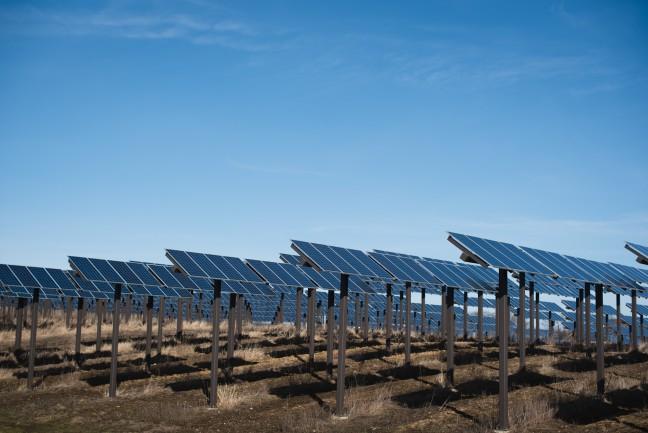Wisconsin has been making solid strides regarding the clean energy industry. According to the most recent Clean Jobs Midwest report, in 2018 Wisconsin added 1,786 jobs in the clean energy industry, which is a 2.4 percent improvement from 2017.
Wisconsin Public Radio noted that the majority of these jobs were being generated in the energy efficiency sector. This sector includes jobs such as manufacturing energy efficient appliances and installing efficient lighting and heating systems.
The overall purpose of the sector is to reduce energy use to save people money on those costs while also reducing greenhouse gas emissions.
Madison approves recommendation to move city to 100 percent renewable energy
This may come as a surprise, but the Midwest actually has a thriving clean energy sector. As traditional fossil fuel jobs are beginning to phase their way out of the economy, the renewable energy sector has seen a great deal of growth. Arjun Krishnaswami, a Natural Resources Defense Council policy analyst said the clean energy economy is much more than a coastal phenomenon.
It’s remarkable to see Wisconsin taking the initiative and leading by example to transfer our economy from non-renewable energy, such as coal, to alternative sources of energy, such as solar power.
While the growth in the clean energy sector is encouraging to see, it is worth noting that this growth is incremental. At least for the past few years, there have been small upticks in the percentage of jobs added in the clean energy sector. This is a sustainable way for our state to gradually shift into clean energy without displacing the job market much.
Wisconsin currently has one of the lowest unemployment rates in the country. A massive increase of jobs could actually overwhelm our state’s economy. While it would be ideal to be using 100 percent renewable energy, we don’t live in a utopian state, and this outcome simply isn’t realistic. As such, it’s refreshing to see Wisconsin take a level-headed, yet committed approach to bringing in renewable energy as a primary source of energy.
We must also consider the implications regarding jobs lost from nonrenewable energy. In economics, changes in the labor force or shifts in the economy due to technological advancements, in this case renewable energy, are defined as growing pains. But to everyday families, losing a job is defined as being laid off, and having to find another means of putting food on the table.
Despite this, it has simply become cheaper for companies to use renewable energy rather than fossil fuels. A recent study about global coal power found that in red and blue states alike, the cost of building new wind and solar plants is less than the price of running existing coal-fired power plants.
Globally, 42 percent of coal capacity is unprofitable. If the U.S. closed coal-fired power plants, they could save $78 billion while also falling in line with the Paris Climate Accord’s climate goals.
Keep it clean: Lowered cost makes clean energy preferable option
Mankind has rarely gotten anything right on the first try. Embracing the shift to clean energy has taken decades to become at the forefront of political issues, but it is getting there. People have been hesitant to accept the fact that we are responsible for a great deal of the mess on Earth.
Despite the best efforts of some legislators and corporations, it appears that the simple cost-benefit ratio of sustaining fossil fuel plants will eventually lead to their extinction. While that’s great for our environment, it is important that we don’t forget about the blue-collar workers who were employed at these factories. Our legislators should look into funding programs that can retrain displaced fossil fuel workers into jobs involving renewable energy.
If things continue on this path, Wisconsin will be a role model in the Midwest for years to come, as a state that has gradually shifted our economy into one that relies primarily renewable energy.
Mitch Rogers ([email protected]) is a senior majoring in economics.














